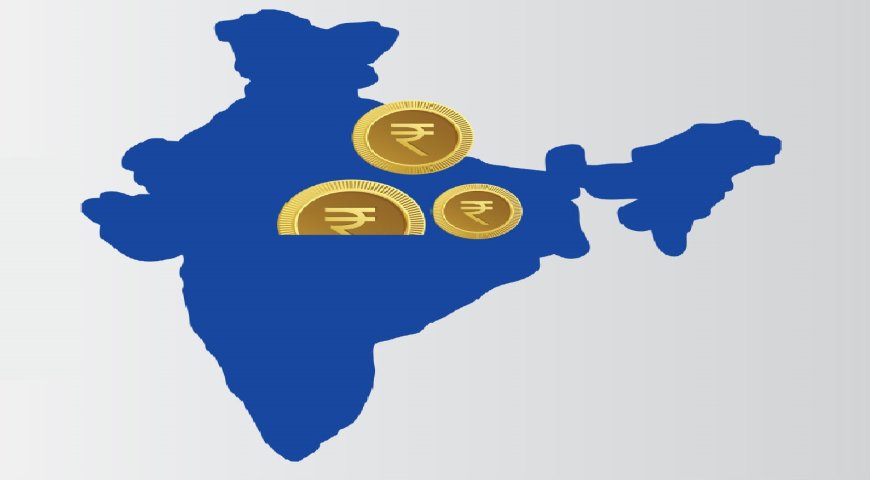Union Budget 2022-23: Start of an 'Amrit Kaal' era for India
The Hon'ble Finance Minister Nirmala Sitharaman presented Union Budget 2022-23 which focused on key infrastructural measures, inclusive growth and sustainable development. The current budget witnessed sharp increase in capex outlay from 5.54 lakh crore to Rs 7.5 lakh crore (~35.4% increase), big booster dose for construction and Infra (C&I) sector. Further, with the intent to

The Hon'ble Finance Minister Nirmala Sitharaman presented Union Budget 2022-23 which focused on key infrastructural measures, inclusive growth and sustainable development. The current budget witnessed sharp increase in capex outlay from 5.54 lakh crore to Rs 7.5 lakh crore (~35.4% increase), big booster dose for construction and Infra (C&I) sector.
Further, with the intent to provide steer to economy through PM GatiShakti for next 25 years, several key economic measures have been unleashed to boost infra sector were taken which includes:
- The national highways network will be expanded by 25,000 km in 2022-23
- Key emphasis on PPP for modernising infrastructure,
- 4 multimodal logistics parks through PPP to be awarded in 2022-23
- 400 new generation Vande Bharat trains
In an endeavour to give impetus to infra sector, certain direct tax measures have also been announced in Finance Bill. To quote few such amendments favouring C&I sector are:
Reduction in rate of surcharge in Union Budget 2022-23: The rate of surcharge capped to 15% in case of an Association of Person (AOP) where the members are only companies.
This in turn will benefit the infra companies who are executing EPC works through consortium and forming AOP. Due to capping in rate of surcharge from 37% to 15%, the effective tax rate is reduced from ~43% to 36%. This is significant relief to construction and infrastructure sector as well as oil and gas industry.
Surcharge on long term capital gains: Reduced to 15%
To explain the impact, long-term capital gains on sale of unlisted shares earlier subject to peak surcharge of 37% resulting in effective tax rate of ~28.5% would now be subject to peak surcharge rate of 15% resulting in lower effective tax rate of 23.92%.
Though government is playing proactive role, certain key challenges and suggestions of industry remains to be addressed:
- Clarification as to deductibility of capital expenditure incurred on construction of highways/roads on BOT basis: Currently, mixed practice of claiming depreciation @25% as well as claiming it on straight line basis CBDT circular are followed by various infra developer companies engaged into development of BOT projects
- Reduction in rate of tax for AOP: At present, AOP (where the members are only Companies) are still taxed at maximum marginal rate, i.e. 34.94% as against the companies which are taxed at 25.17%. (The surcharge though has been reduced in current budget as discussed above);
- Exempting infra companies from section 79: Under this provision of IT Act, in case of change in shareholding of the project company, it leads to lapsing of b/fd losses of project company. Change in shareholding is inevitable due to inherent nature of the industry and to encourage Foreign Direct Investment into infrastructure projects.
On concluding remarks as to future outlook of C&I sector, I would like to quote extract from the FM Nirmala Sitharaman's speech: “Spending on infrastructure was chosen as a favourable route because it ensures a greater multiplier effect and with a greater multiplier, we hope that we see 'Amrit Kaal' era in coming decades.”
Kevin Daftary
Vice President-Finance and Accounts, Welspun Enterprises
Member of NHBF
Hits: 0







